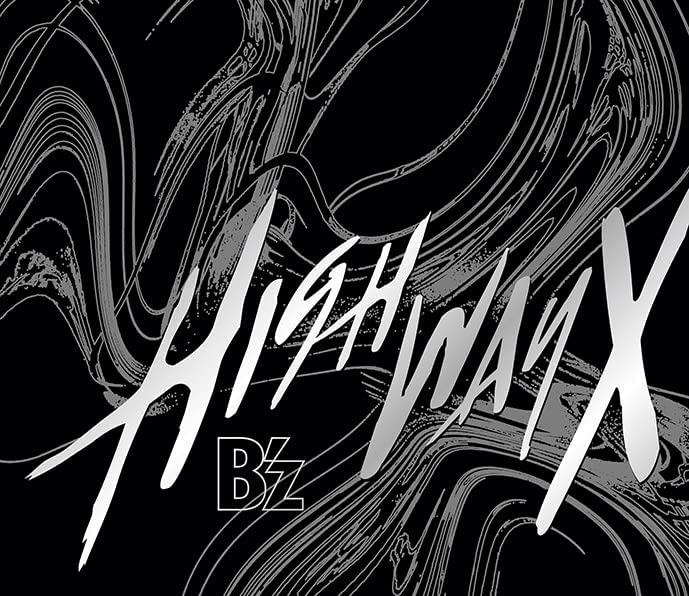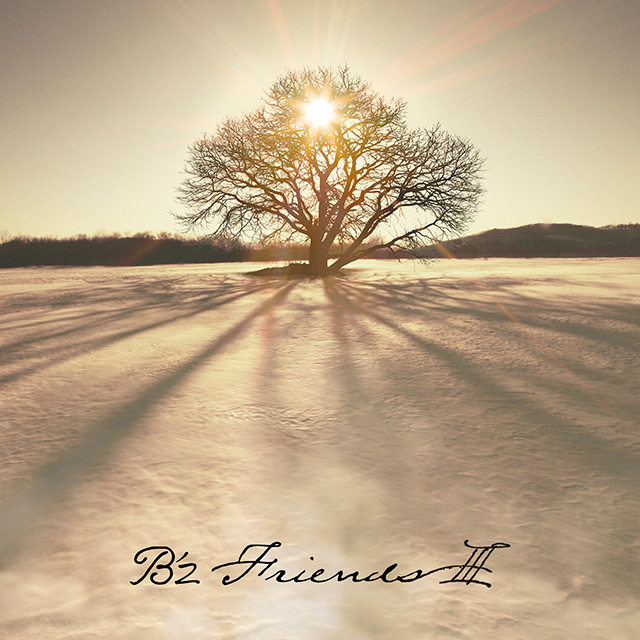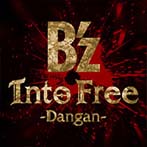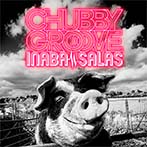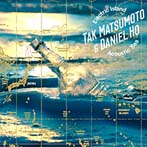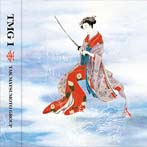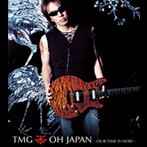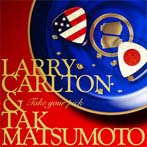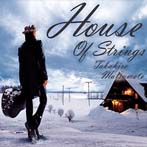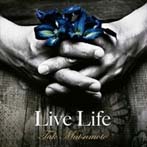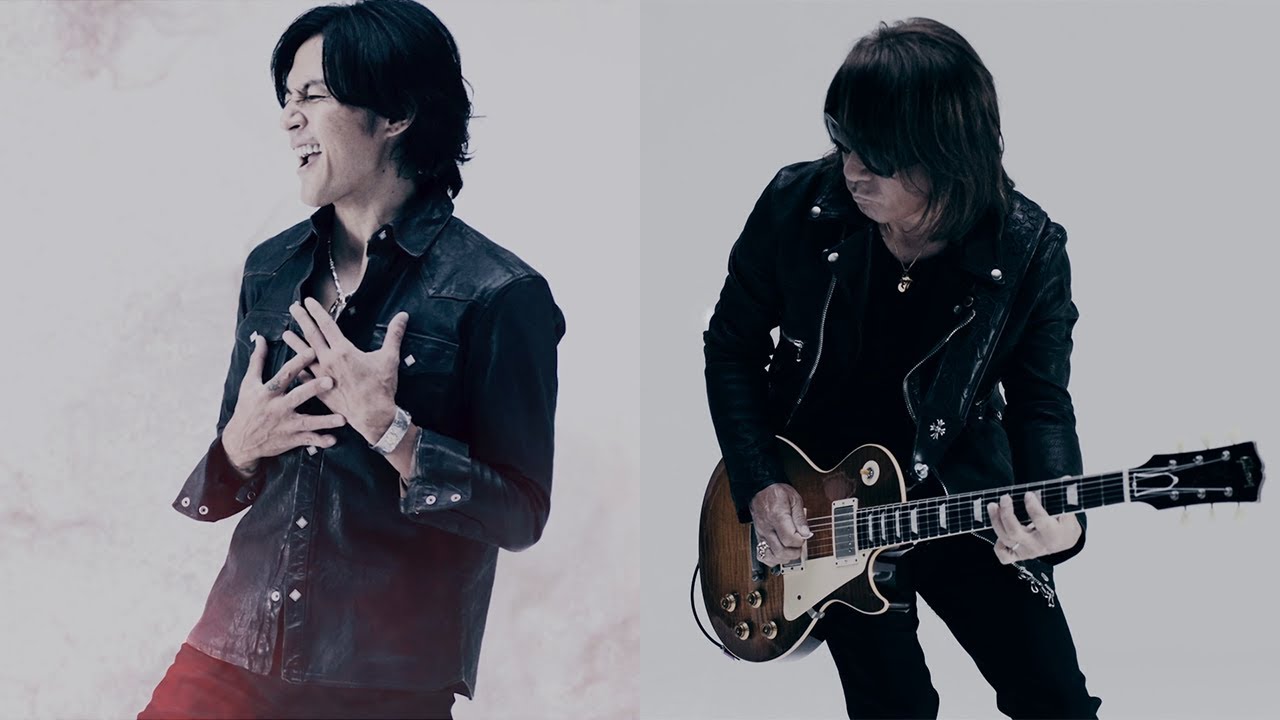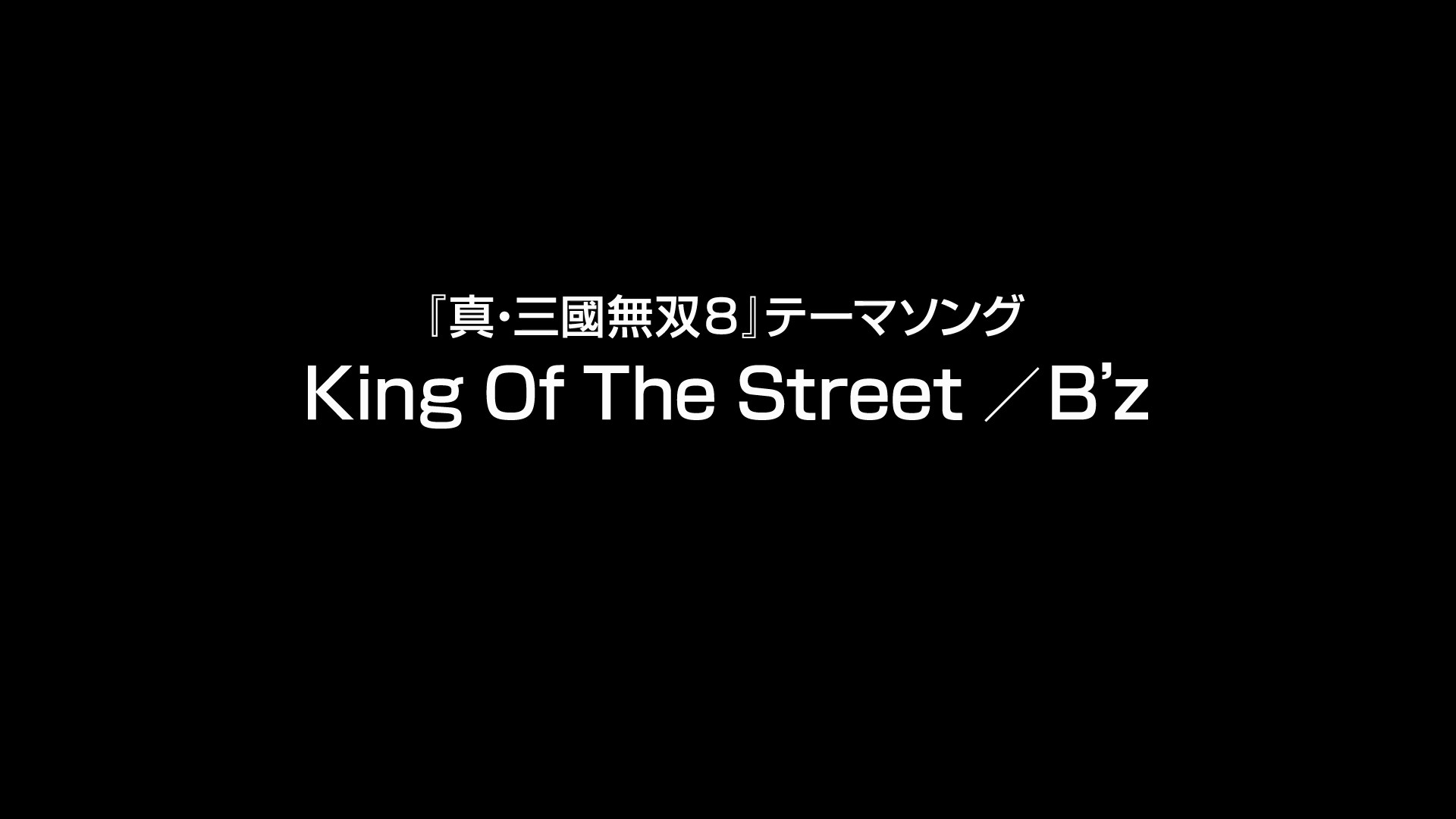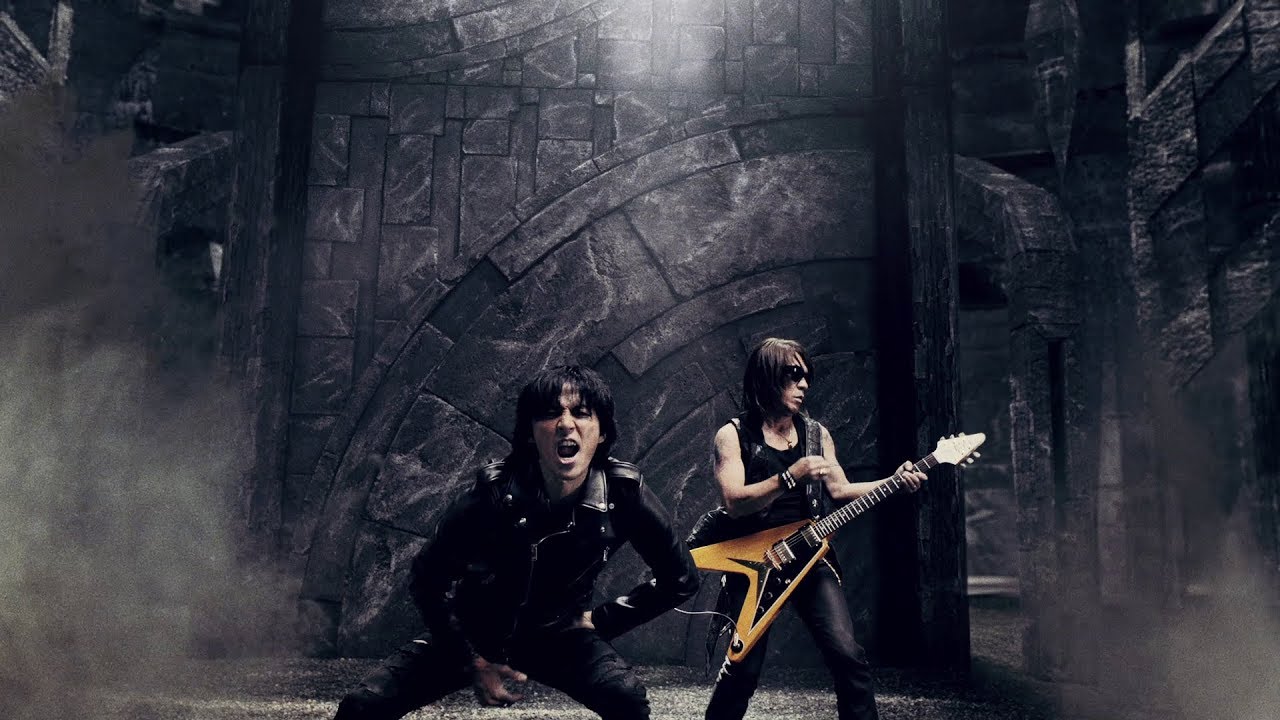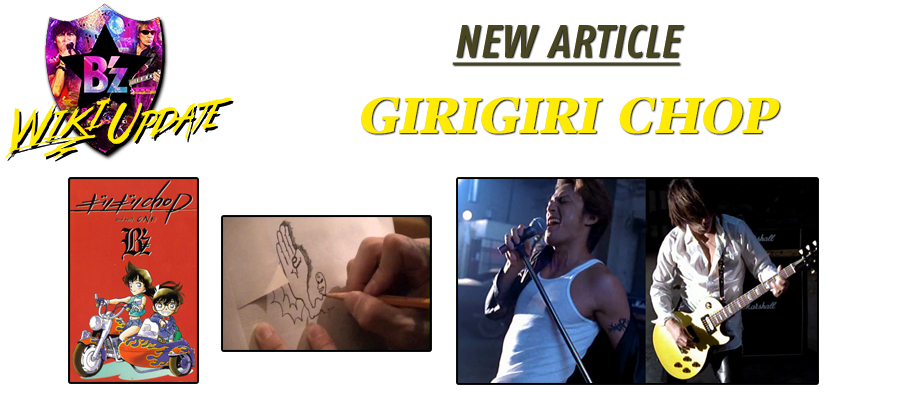Tag Archives: Retrospectives
The Origin of the Name “B’z”
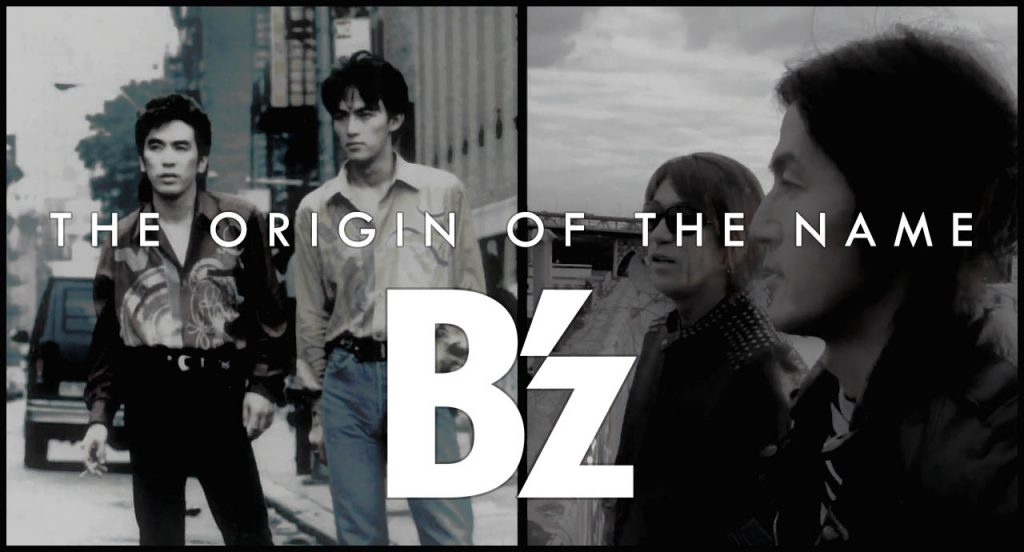
One of the more curious oddities in B’z lore and its accompanying fandom is the origin of the name “B’z“. A great many explanations have been proffered over the years (including both competing and supporting explanations by Tak and Koshi themselves in various interviews after being asked the question innumerable times). As many now no doubt know, “B’z” is pronounced the same as “bees” and occasionally as “bi-zu” (ビーズ) as a phonetic replacement by fans in Japan though the band use the former.
In 2012, as part of the B’z LIVE-GYM 2012 -Into Free- tour that saw the band play both coasts of the U.S. and Canada, a camera crew from WOWOW followed the action and recounted it in the documentary Only Two. The title of which originates from Tak, who stated when asked about the founding of the band:
“In the beginning, I wanted to found a band with four members, but… [after meeting Koshi] I thought, ‘Only two is enough.'”
Later, when asked if he had a clear vision of the path B’z would follow, he added:
“I had a clear vision from the start: I wanted to form a band that could succeed in making hit songs, you know. That’s why I started a band with just two. In general, every member of a band is egotistic. I didn’t think it’d be well organized with so many opinions.”
As for the name they later took as their own, the most prominent explanation over the years became that B’z wanted to be an “A to Z” sort of band, a band from which you could expect any sort of music. This was shortened to “A~Z” and then “A’z“, but the poor connotations quickly made it an unfavorable candidate, which led to “B’z”. Tak also mentioned in a 1989 interview that the idea of having a “Z” at the end was the result of a casual remark by a staff member whilst they were recording their earliest demos. Another article quoted Tak as saying he liked the idea of using a “Z” in the name and thought having a “B” would be appropriately masculine, with the number of associated B” rock artists out there. Thus, adding the two together formed “B’z“. Another related rationale that emerged in the press was that the band wanted to be inclusive of their favorite rock artists, and thus the name “B’z” included “B” for The Beatles and “Z” for Led Zeppelin.
As it turns out, there’s an element of truth to most of the popular explanations out there. From the aforementioned documentary, in their own words, here is an English-subtitled account of the band explaining the way the name came about:
[Retrospective] 2007: First Asian Artists Inducted to Hollywood’s RockWalk
All sample videos contained in this article are publicly sourced and are reproduced here only for accessibility.

Following the immense success that was the rebooted 2006 LIVE-GYM—one that would set the tone for all B’z shows that followed—and its accompanying album, expectations were high in 2007. It was already presumed the band would have big plans for 2008 given it was their twentieth anniversary year, but what would precede it was still relatively unknown at the time. Fans speculated that the previous year’s live premiere of the English verison of “HOME” would possibly see a release in some form, but it was not there that the year began.
Instead, the first sighting of B’z activity was the announcement of their first international tie-in. The PlayStation 2 racing video game Burnout Dominator was released worldwide in March and featured an all-new B’z song in every territory entitled “FRICTION“. The song was included as a means of promoting the game primarily in Japan, but it would later be included the next year in the sequel game Burnout Paradise that was likewise released globally. The song was also published worldwide on iTunes at the same time as part of the soundtrack.
[Retrospective] 2006 — Rebooting the LIVE-GYM, “Shoudou”, “Yuruginai Mono Hitotsu”, “SPLASH!” and MONSTER
All sample videos contained in this article are publicly sourced and are reproduced here only for accessibility.
With the dawn of the new year came word that B’z The Best “Pleasure II” had already sold over one million copies since its release at the end of November 2005. The band would soon begin a new chapter in its live shows, with the addition of several new staff members behind the scenes in order to push the band into a new era with as fresh a perspective as possible.
On January 25, the band would release its fortieth single, “Shoudou“. Shortly before it made its way to shelves, the title song began serving as the opening theme to the Detective Conan anime series. B’z would make a great deal of television appearances in the year 2006, beginning with a performance of their then most recent single on MUSIC FIGHTER five days prior to its release. A couple of weeks later, the B-side “Kesshou” would be performed on Utawara HOT Hit 10. Aside from this appearance, the song has never been played live. Upon release, the single ranked at number one and became the band’s thirty-sixth consecutive to do so.
The year would prove to be one in which B’z were frequently requested to utilize their prowess for the benefit of younger artists. In March, the single “Real Face” by Japanese pop group KAT-TUN, for which Tak Matsumoto wrote the music, was released. The single would go on to sell over one million copies the year of its release and would be the highest seller of the year. An album titled Best of KAT-TUN released the same month featured a rock-centric reversion of the song titled “Real Face #1”, for which the arrangement was also credited to Tak and longtime B’z support member Akihito Tokunaga.
[Retrospective] 2004 — Formation of TMG, Koshi’s Debut Solo Tour, “BANZAI” & “ARIGATO” Singles
All sample videos contained in this article are publicly sourced and are reproduced here only for accessibility.
Hot off the previous year’s multiple tours, the band began 2004 in the studio recording new material. While the year would yield no new B’z studio album, both Koshi and Tak would embark on respective solo projects that were yet unprecedented for both musicians.
The year’s first release, however, came in the form of home video Typhoon No.15 ~B’z LIVE-GYM The Final Pleasure “IT’S SHOWTIME!!” in Nagisaen~ on February 25, 2004. Released on DVD and VHS simultaneously, the set offered full coverage of the band’s 15th anniversary concert at Nagisaen—the very site where they had previously performed their only other open-air concert: B’z LIVE-GYM Pleasure’93 “JAP THE RIPPER”. The release also came bundled with the documentary The Days of Pleasure, documenting the hall tour and rehearsals leading up to the finale show on the band’s anniversary, along with footage of the band recording the year’s studio album BIG MACHINE.
Prior to fully committing the year to solo projects, a new single entitled “BANZAI” from the earlier sessions was released on May 5, 2004. The song proved to be an immediate hit on the live stage in the years that followed, with repeated performances at various LIVE-GYMs, including 2005’s “CIRCLE OF ROCK” and 2008’s 25th anniversary tour GLORY DAYS.
(more…)
New Article: “FIREBALL” Added to B’z Wiki
It’s time for another B’z Wiki update, and this one for one of the band’s more unique singles: FIREBALL. This, the band’s twenty-second single, was released in 1997 and is one-of-a-kind, as for this release, B’z did not use computers or synthesizers to develop the sound of the two included tracks.
New Article: “girigiri chop” Added to B’z Wiki
A long-requested article has finally found its way onto the B’z Wiki! This latest update is for the band’s twenty-sixth single, “girigiri chop“, released in 1999. The song was coupled with a B-side that would go on to comparable popularity—both of which were featured in the Detective Conan anime franchise in the year of release.


